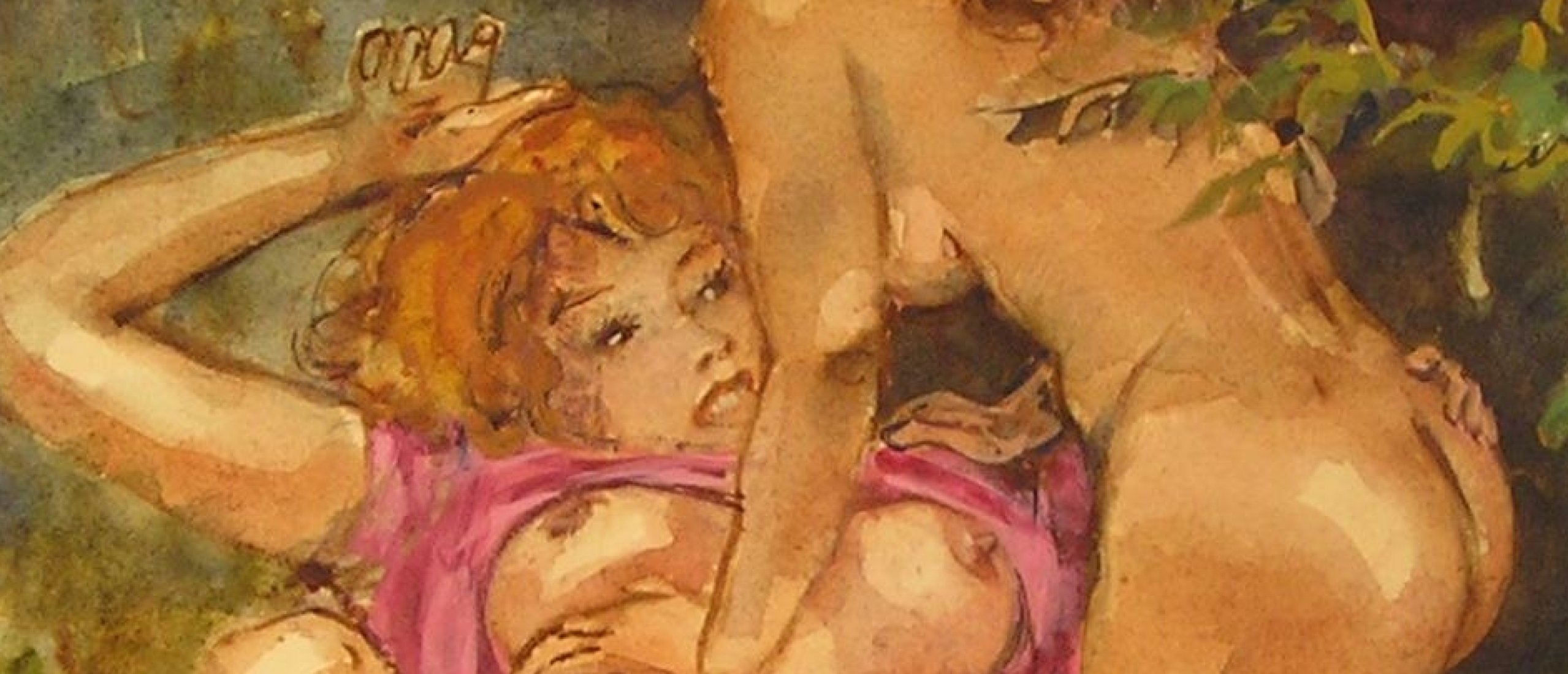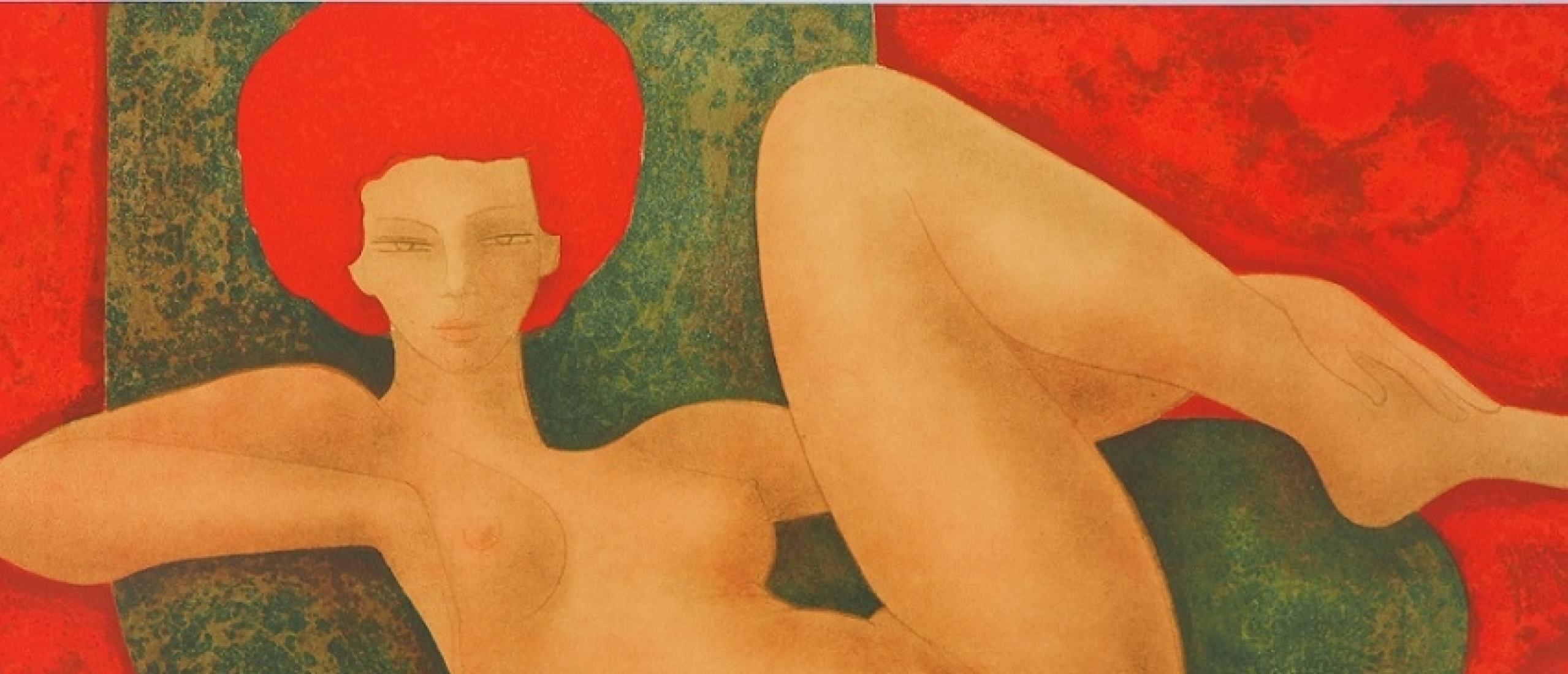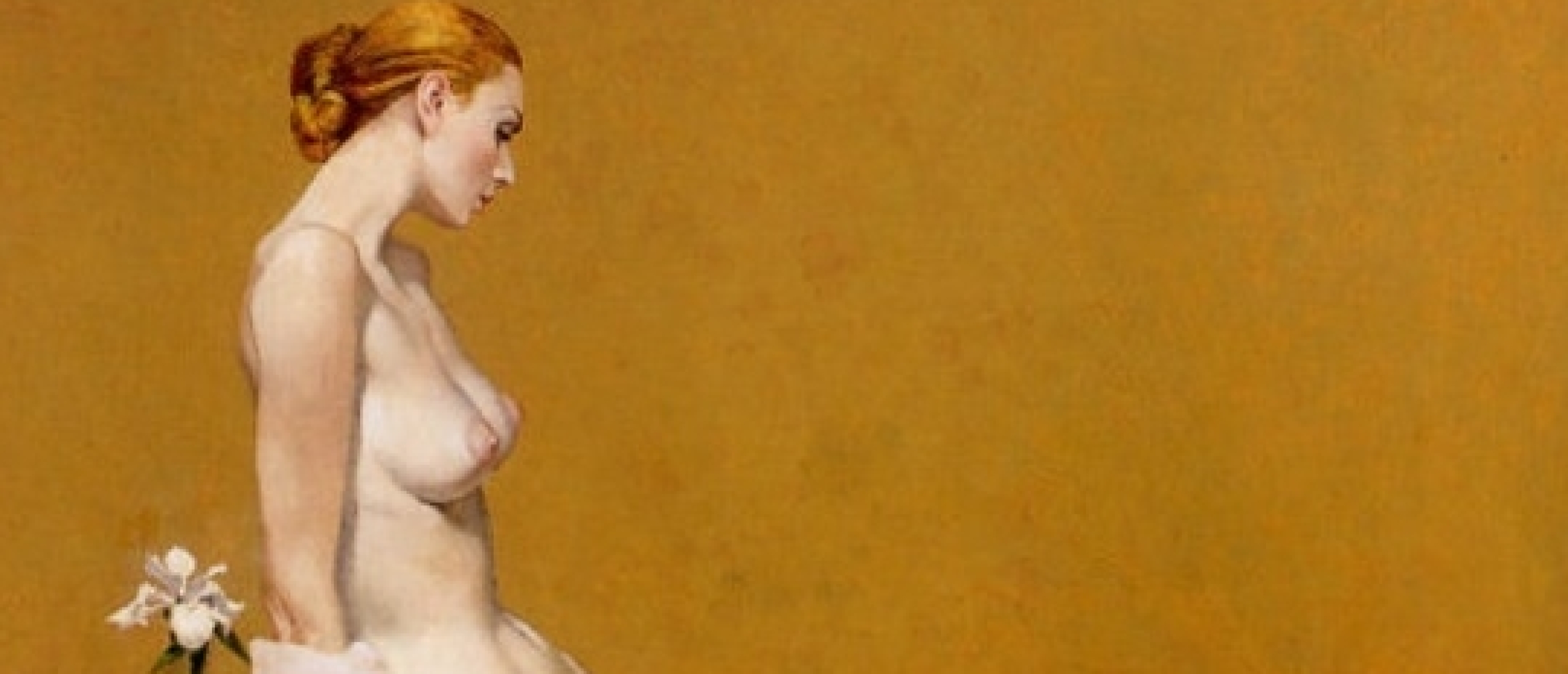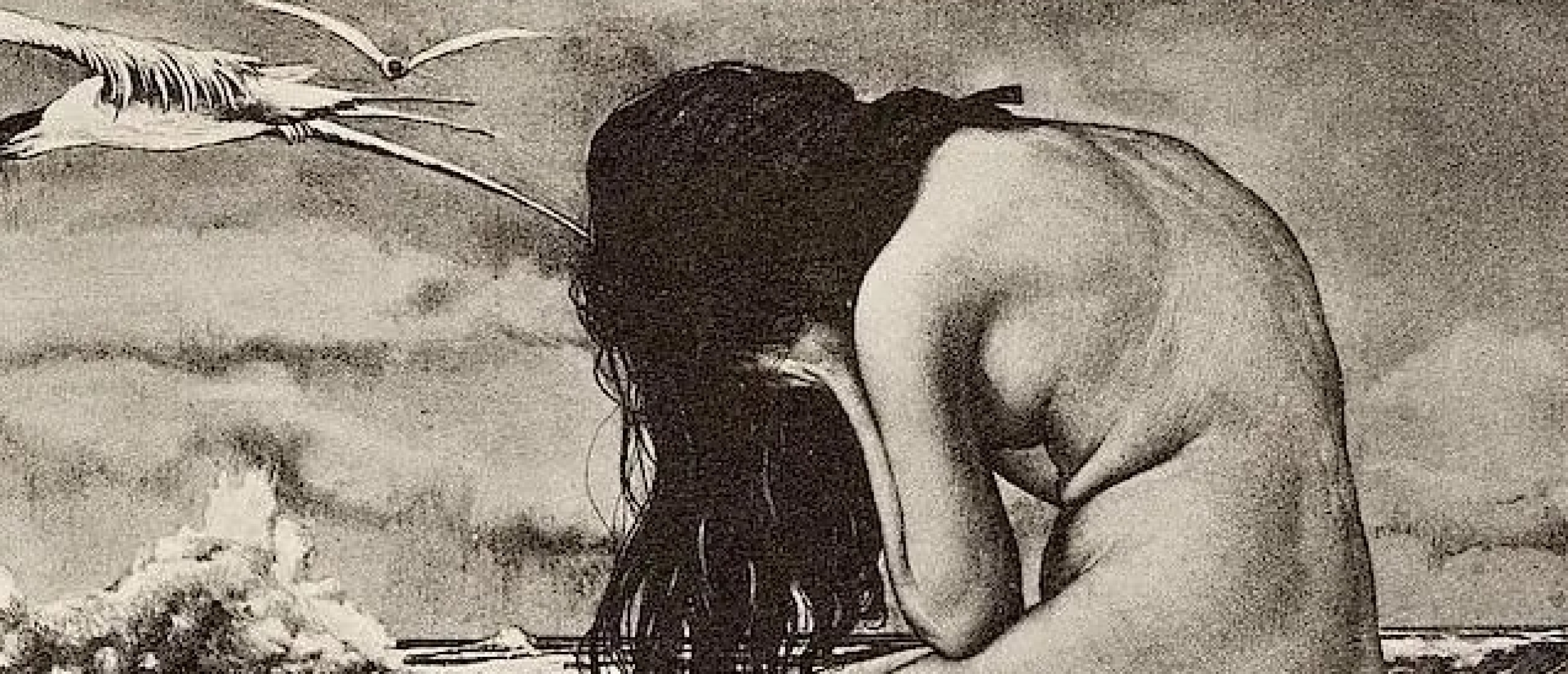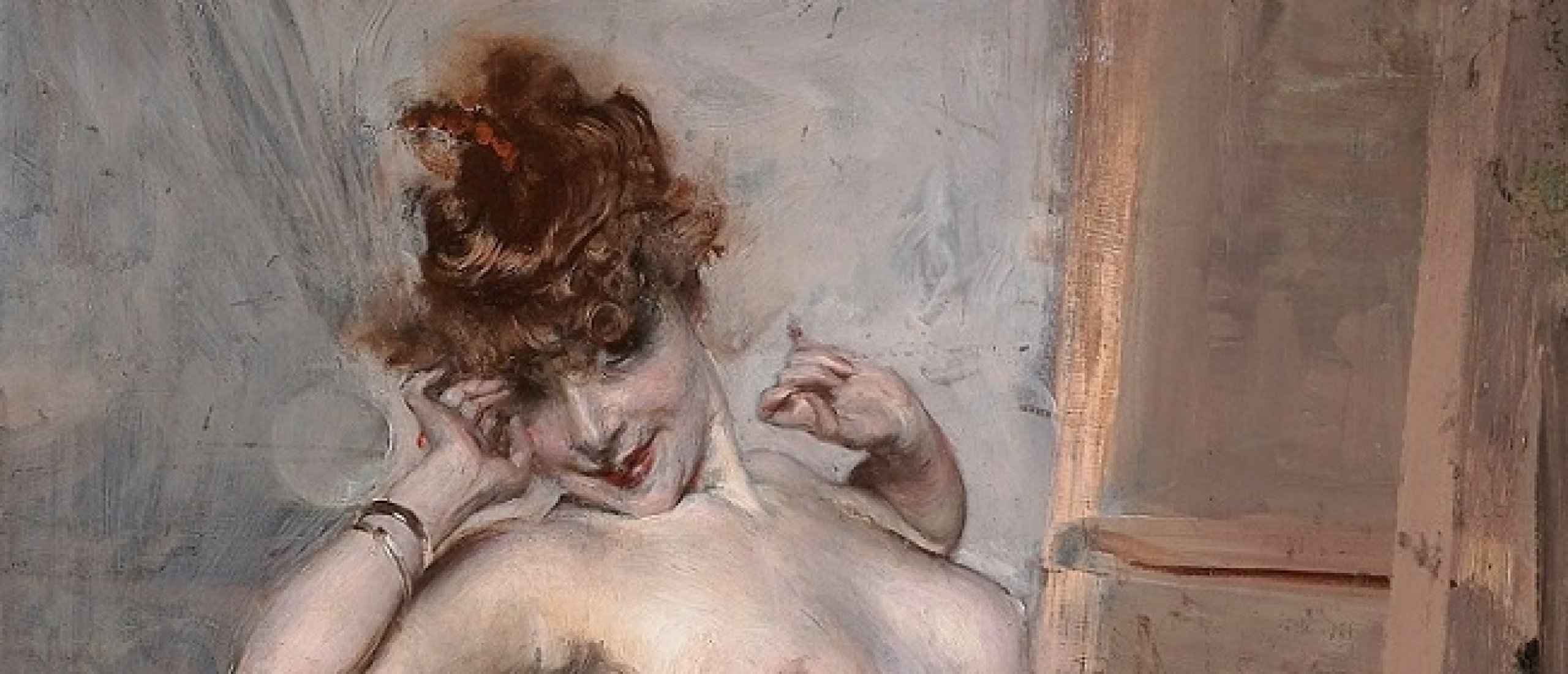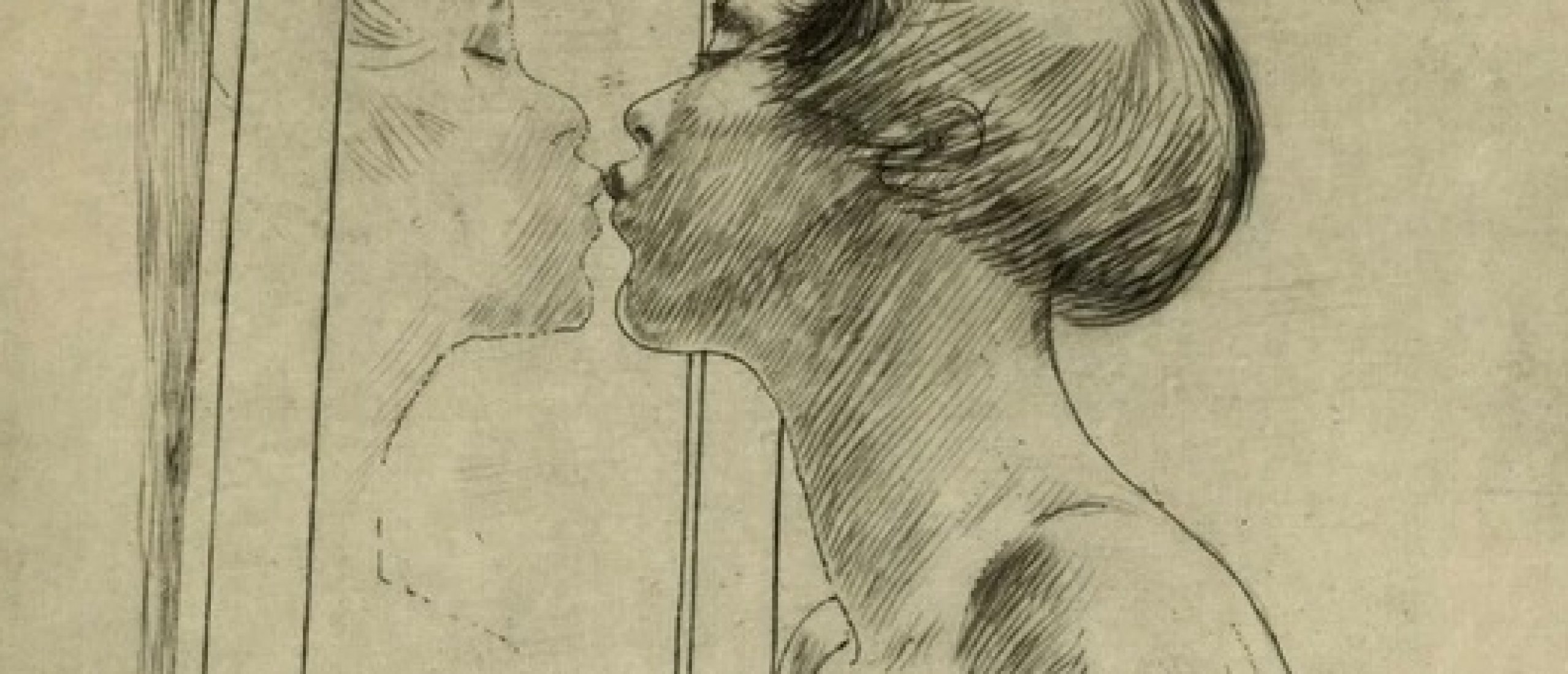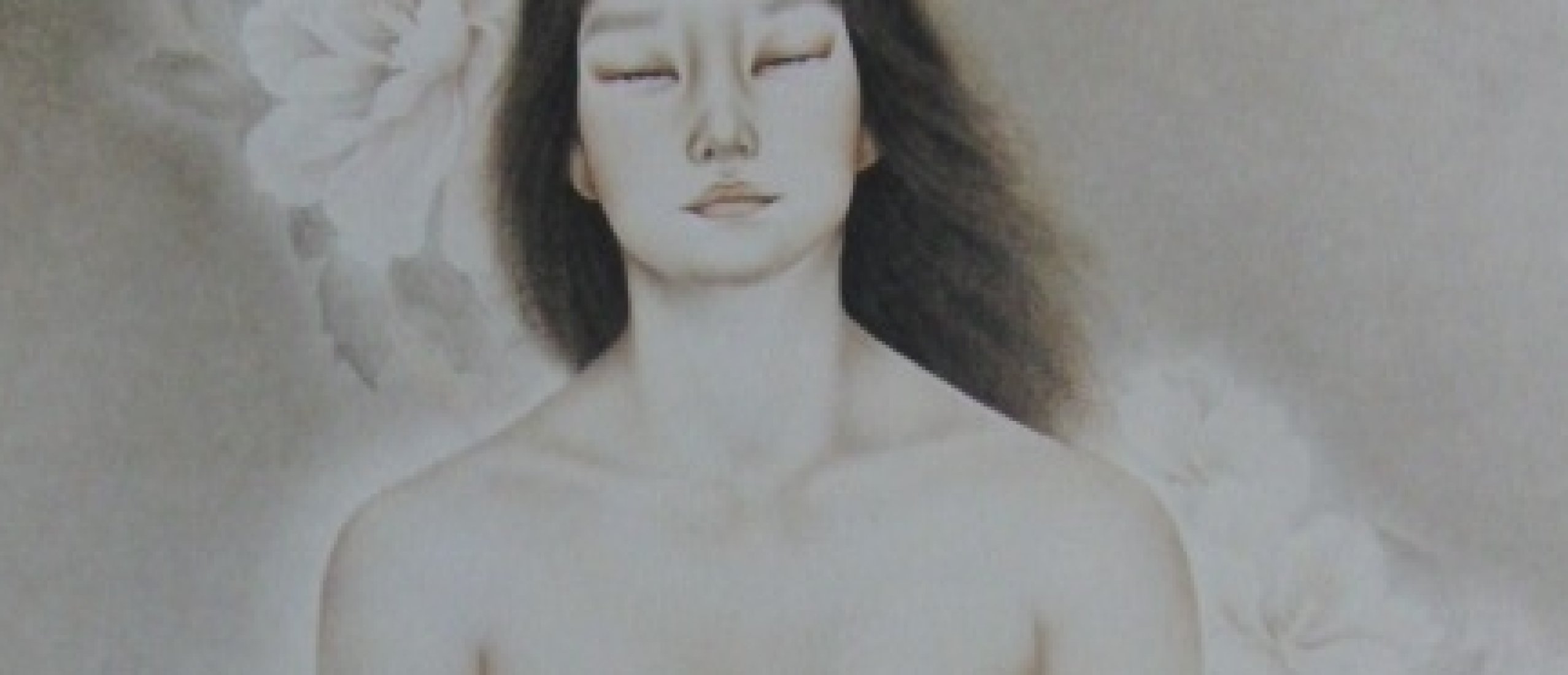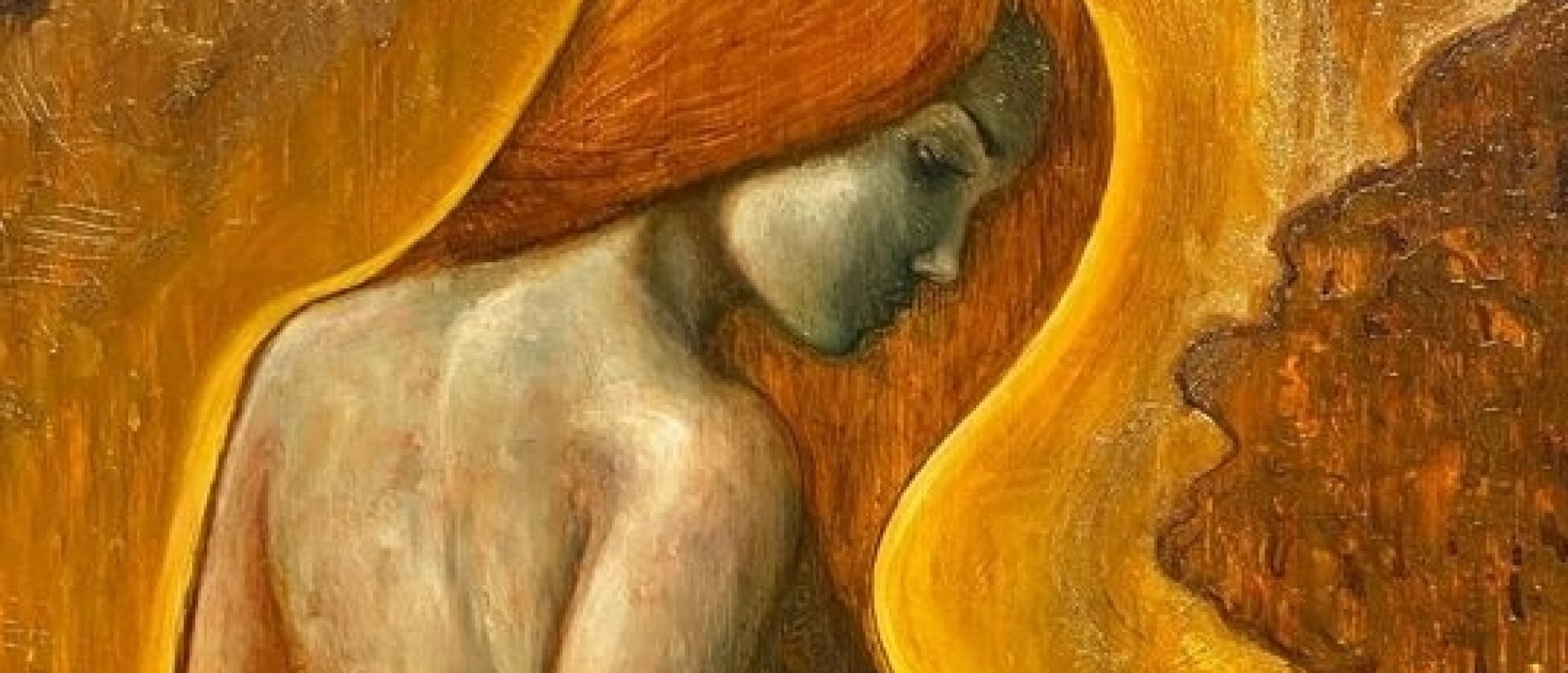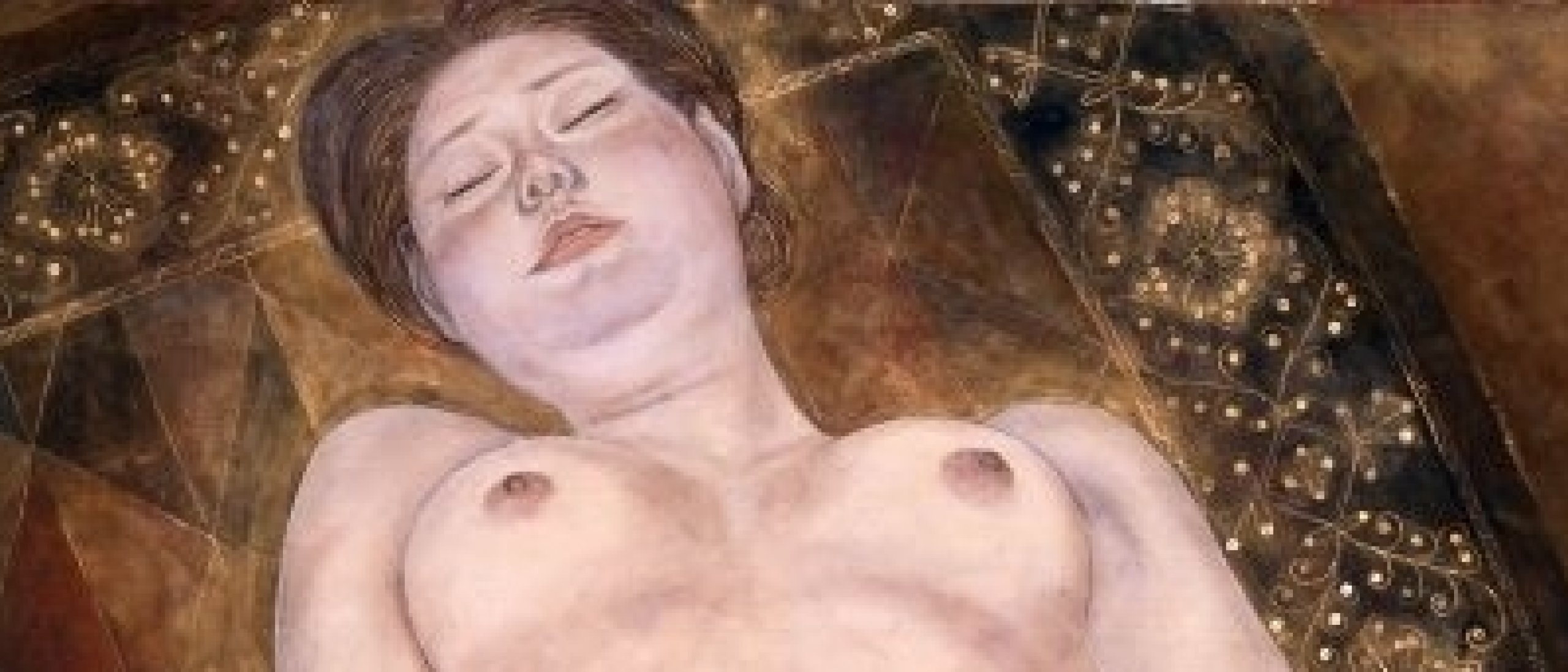
Sho Ishimoto (1920-2015) is a Japanese artist known for his love for the female body, which became a subject of his paintings after the war. His females, geishas or maikos, are often depicted as pensive or melancholic.
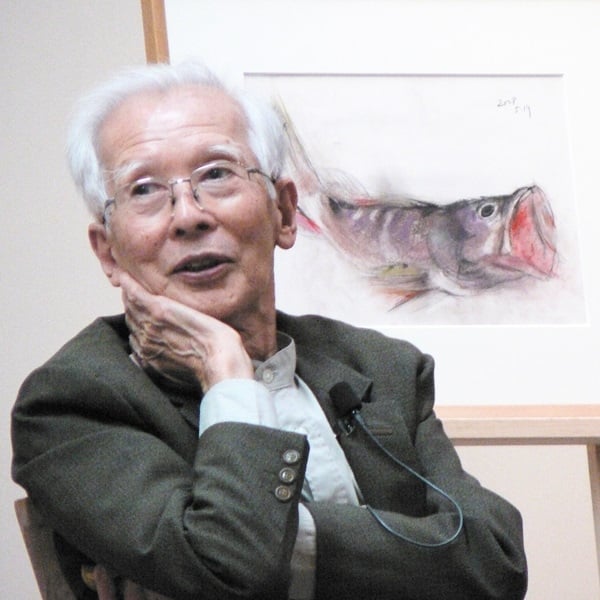
Fig. 1. Sho Ishimoto (sekisho-art-museum.jp)
About The Roses
They take off their exquisite kimonos after another day of ceremonies and performances and get lost in their thoughts that are not much optimistic. They resemble an actor who sits in front of the mirror, removing make-up from his face and questioning his profession and personality. Looking at these girls, we can say that geisha's life is not a bed of roses. Though, if they could speak, the answer would be, "It seems a bed of roses, judging by the number of thorns."
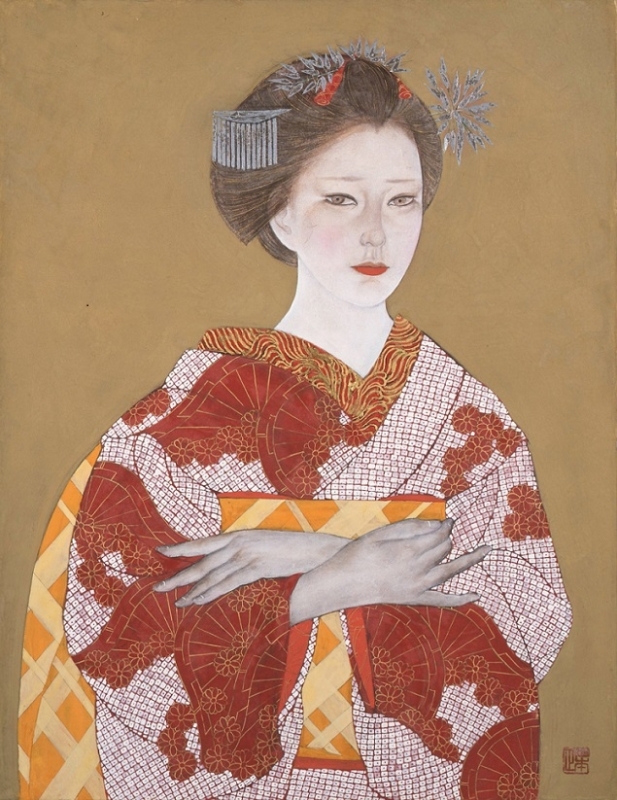
Fig. 2. Maiko, 1988 (sekisho-art-museum.jp)
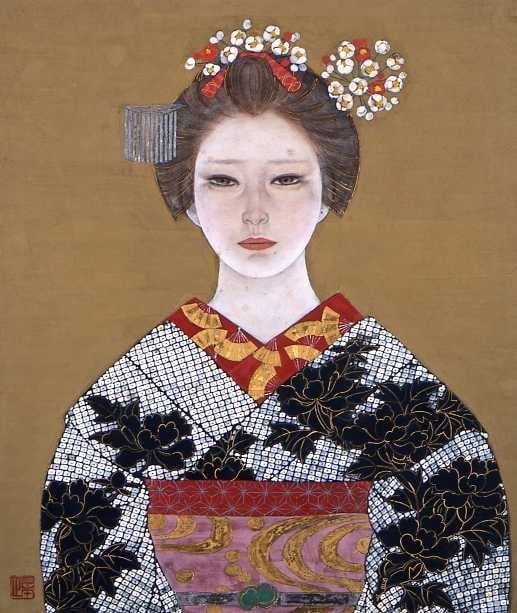
Fig. 3. Maiko (twitter.com)
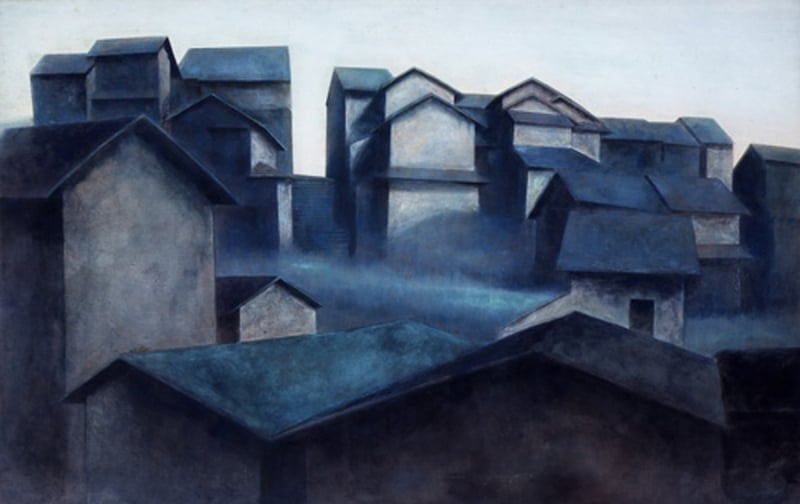
Fig. 4. Gojozaka scene, 1950 (sekisho-art-museum.jp)
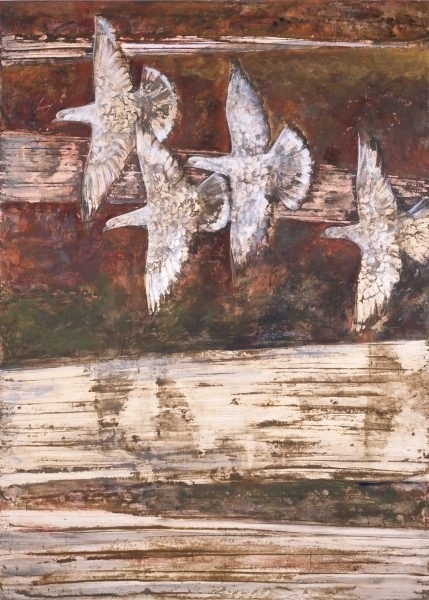
Fig. 5. Waterside, 1961 (sekisho-art-museum.jp)
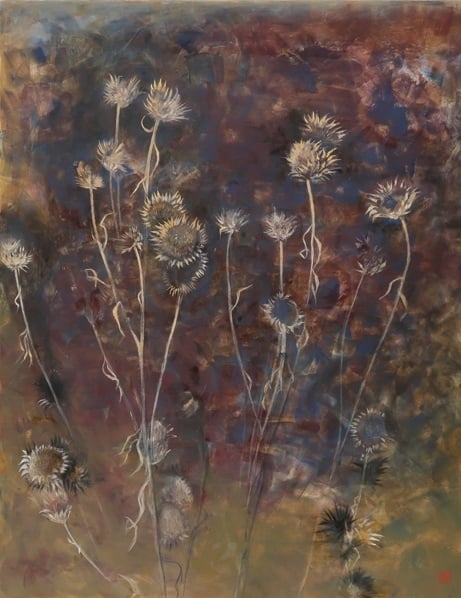
Fig. 6. Evening Sunflowers, 2013 (sekisho-art-museum.jp)
The Color Of Pomegranate
Sho Ishimoto was born in Okami village, Shimane Prefecture (Chūgoku region of Honshu). From an early age, he was close to nature, which later manifested in his many depictions of flowers and birds. In 1927, Ishimoto enrolled in Okami Jinjo Elementary School. The following year, he was given oil paints by his uncle and started trying to paint. In 1933, he began to study at Shimane Prefectural Hamada Junior High School, and his main interests didn't lie in the field of fine arts. Ishimoto was keen on music, movies, and literature. As it's stated on the website of Sekisho Art Museum, one of Ishimoto's favorite movies was The Color of Pomegranate by Sergei Parajanov (1969). The visual beauty of the movie full of carpets and fabrics inspired some of Ishimoto's paintings, i. g. Dreams (fig. 7).
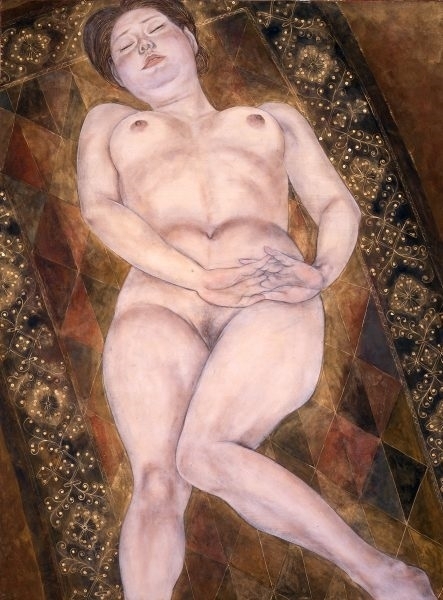
Fig. 7. Dreams, 1983 (sekisho-art-museum.jp)

Fig. 8. Standing nude, 1979 (sekisho-art-museum.jp)
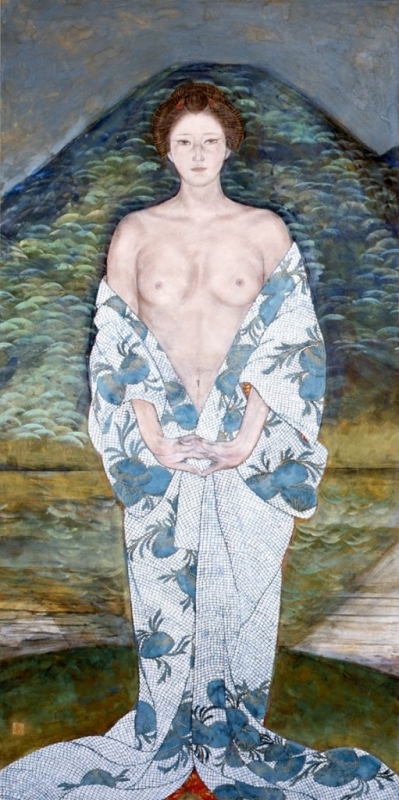
Fig. 9. Ajiwa Nature (abc0120.net)
Mystery Of The Female Body
Graduated from high school, Ishimoto entered Kyoto City University of Arts. He was mainly interested in painting people. In the 1940s, he was drafted to China during the Second Sino-Japanese War and demobilized in 1944. The main image of his art, a woman with bare breasts, came to Ishimoto right after the war, emerging as an opposite to Thanatos. As the artist said, one day, during the train trip, he saw a mother feeding her child. He was mesmerized by a pale line between the breasts of the woman, where we technically expect a shadow. Ishimoto perceived it as "a mysterious phosphorescence emitted only by the female body" (sekisho-art-museum.jp).
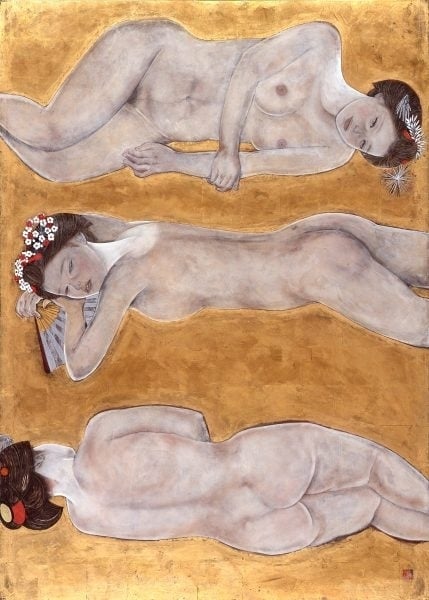
Fig. 10. Lying maiko, 1967 (sekisho-art-museum.jp)
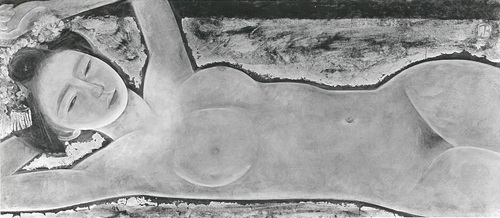
Fig. 11. Lying maiko, 1959 (sekisho-art-museum.jp)

Fig. 12. Sound of Rain (page.auctions.yahoo.co.jp)
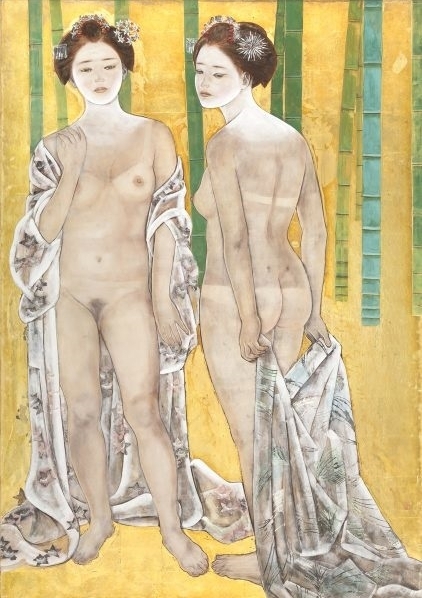
Fig. 13. Maiko (end of summer) 1974 (sekisho-art-museum.jp)
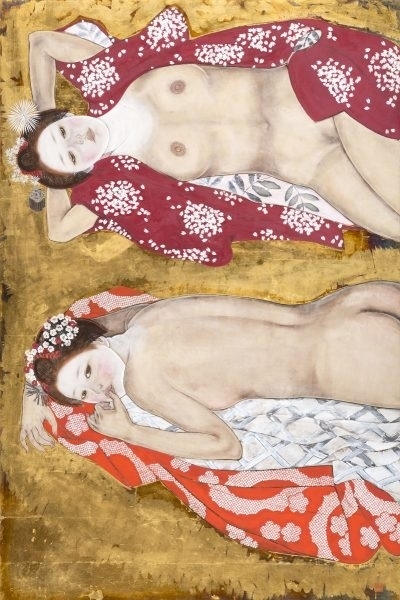
Fig. 14. Two dancers, 1972 (sekisho-art-museum.jp)
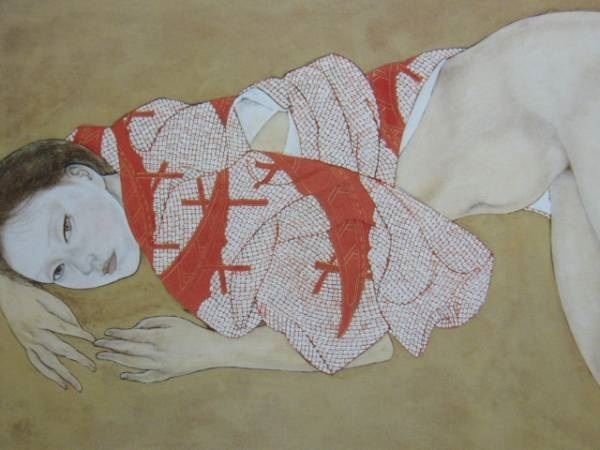
Fig. 15. Lying Maiko (aucfan.com)
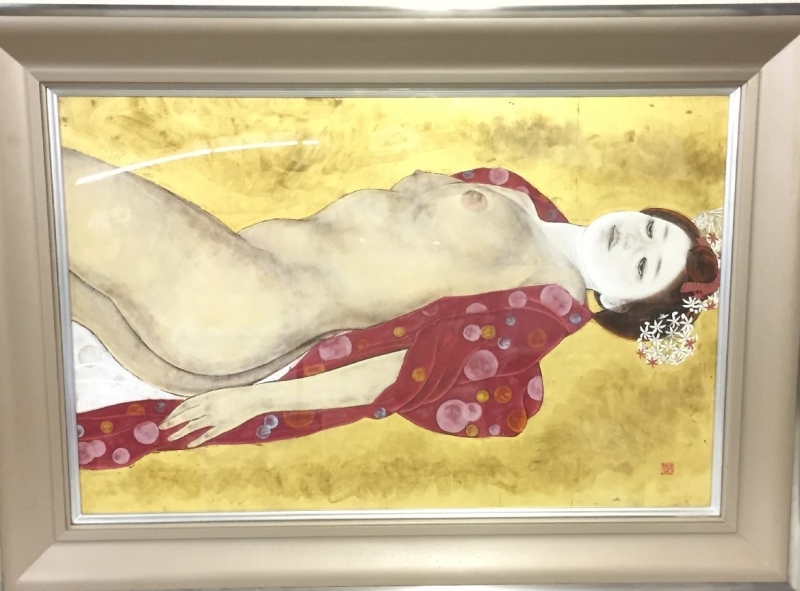 Fig. 16. Lying nude (page.auctions.yahoo.co.jp)
Fig. 16. Lying nude (page.auctions.yahoo.co.jp)

Fig. 17. Seated girls (sekisho-art-museum.jp)
In Premium you can check out the extended version of this article including more on why Ishimoto is so fascinated by the maiko as a subject for his drawings and paintings, why he puts his nudes not only in aesthetical but also in a philosophic dimension, and 33 additional images of his fascinating geishas and maikos.
Click HERE for the Asian luxuriance in the photorealistic paintings of Douglas Hofmann
Sources: Wikipedia.org; tobunken.go.jp; sekisho-art-museum.jp

